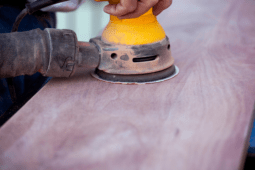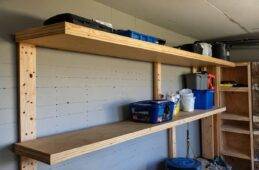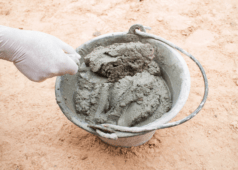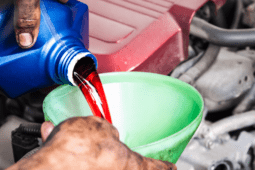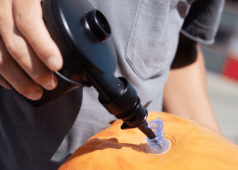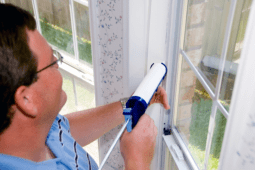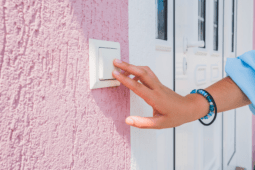How to Remove Moss Growth from Your Driveway
Moss-covered driveways, while often adding a touch of rustic charm, can pose a significant challenge for homeowners. Not only can the green, cushy growth be unsightly, but it also creates a slippery surface that can be hazardous, especially during wet conditions.
Whether you’re looking to enhance your home’s curb appeal or simply aiming to create a safer environment, understanding how to remove moss from your driveway effectively is crucial. This article will guide you through a variety of methods, from natural solutions to chemical treatments, ensuring you have the knowledge and tools needed to restore your driveway to its pristine condition.
Necessary Tools and Materials for Moss Removal from Your Driveway
To tackle the issue effectively, you’ll need to gather a few essential tools and materials. Start with a sturdy broom or a stiff-bristled brush to scrub the moss off your driveway.
It’s important to have a good pair of gloves to protect your hands while you work. A pressure washer can also be incredibly effective in removing moss, especially for larger areas. Additionally, having a garden hose on hand is useful for rinsing the driveway once the moss has been loosened.
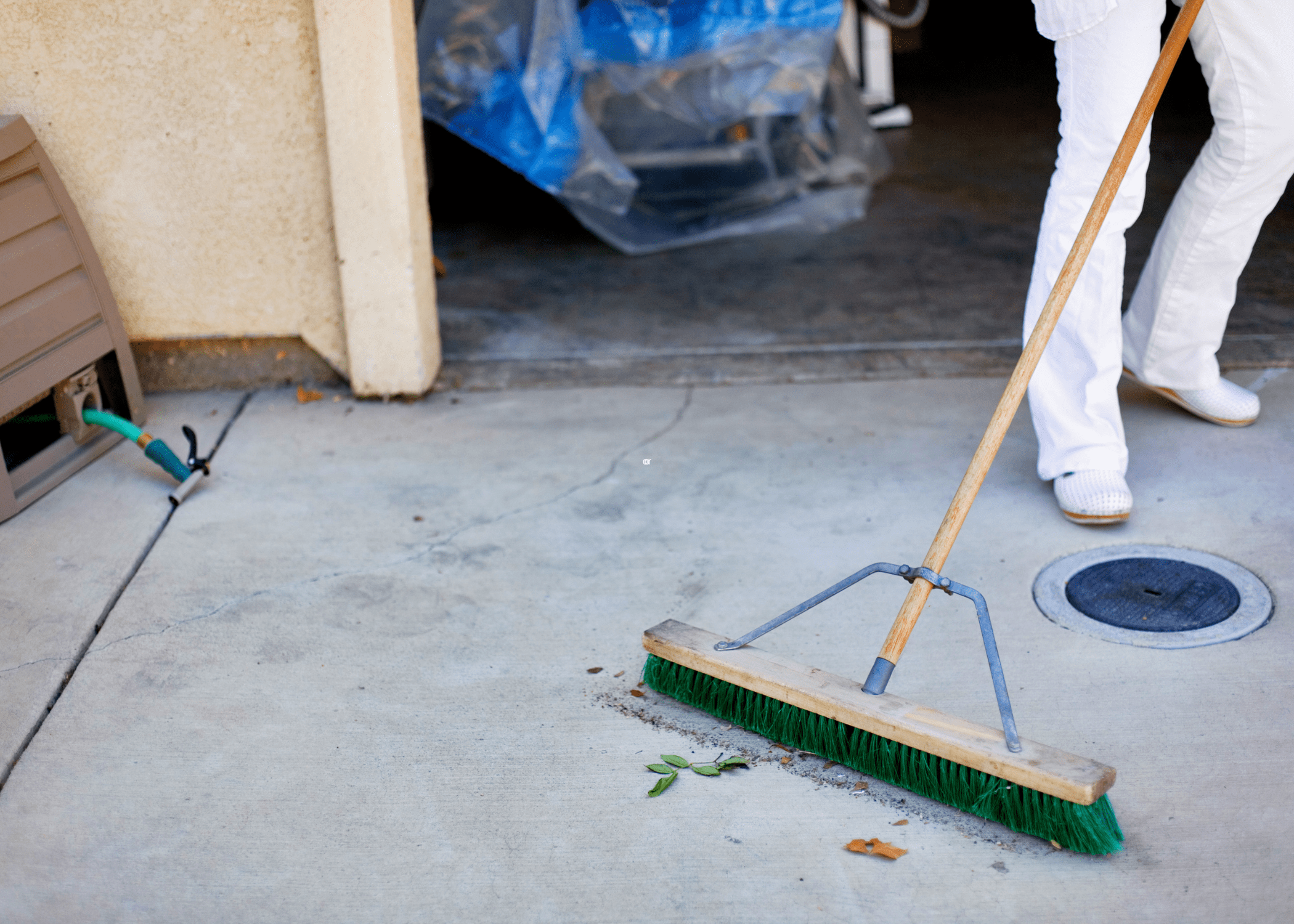
In terms of materials, a moss removal solution is key. You can find commercial moss removers at most hardware stores, or you can create a homemade solution using common household items like vinegar or baking soda.
If you prefer a more natural approach, these DIY solutions can be just as effective. You’ll also want to have a bucket and some sponges or rags for applying the solution and cleaning up afterward. With these tools and materials ready, you’ll be well-prepared to tackle the task and restore your driveway’s appearance.
Preparing Your Driveway for Moss Removal
Before diving into the task of removing moss from your driveway, it’s crucial to prepare the surface properly to ensure the best results. First, clear the area of any loose debris, such as leaves, dirt, and sticks.
This initial cleaning will make it easier to see the extent of the moss growth and ensure that your removal techniques are more effective. Using a broom or a leaf blower can help with this step, making sure your driveway is as clear as possible.
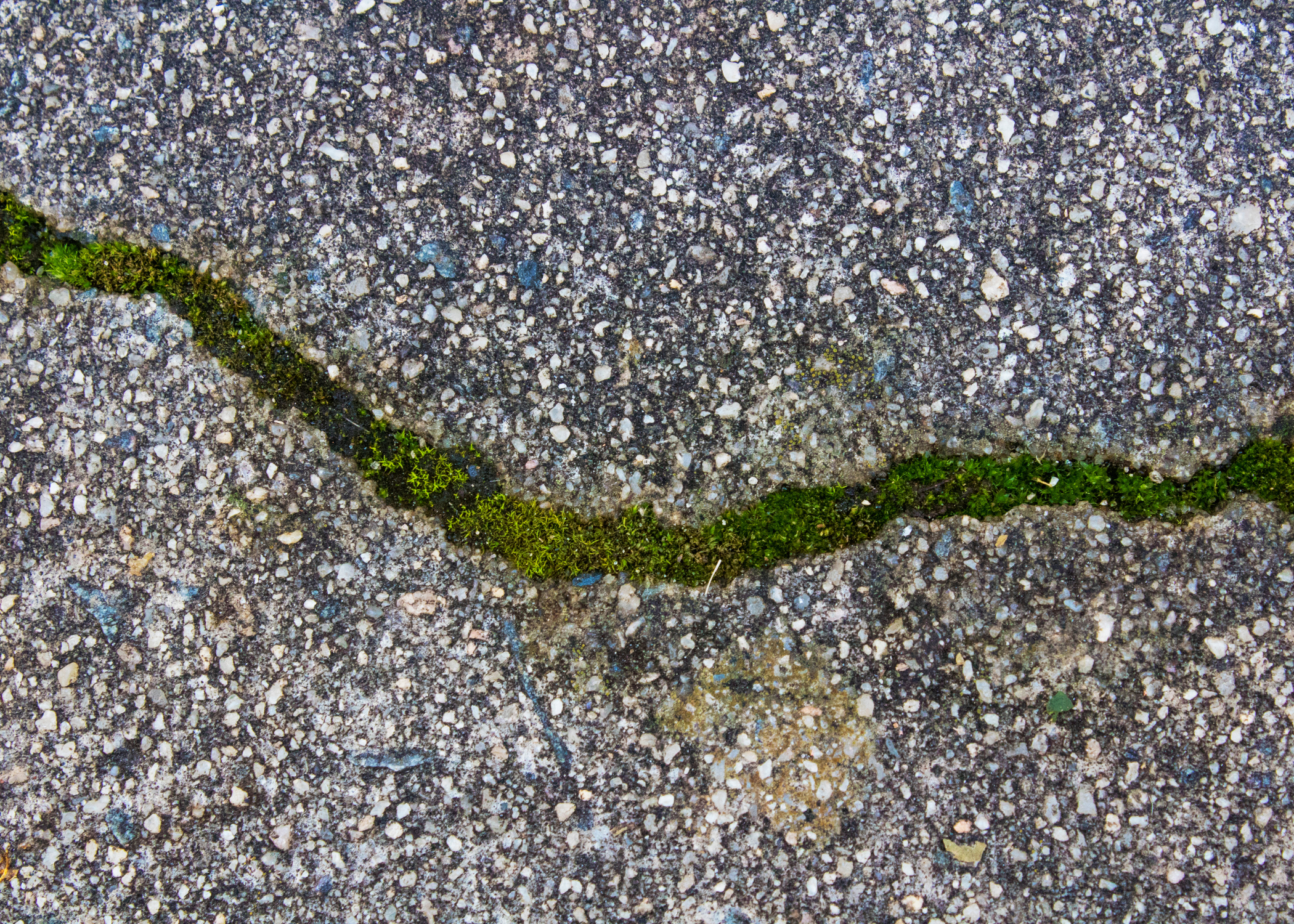
Next, thoroughly inspect your driveway for any cracks or crevices where moss might have taken root. These small spaces can often harbor moss and make removal more challenging.
Consider using a pressure washer to give your driveway a good rinse, which can help to remove any lingering dirt and loosen the moss. Once your driveway is clean and free of debris, you’ll be in a much better position to tackle the problem head-on and ensure a moss-free surface.
Effective Methods to Remove Moss from Driveway
Power Washer
One of the simplest methods to tackle moss on your driveway is using a pressure washer. This tool uses high-pressure water jets to blast away moss, grime, and other unwanted buildup.
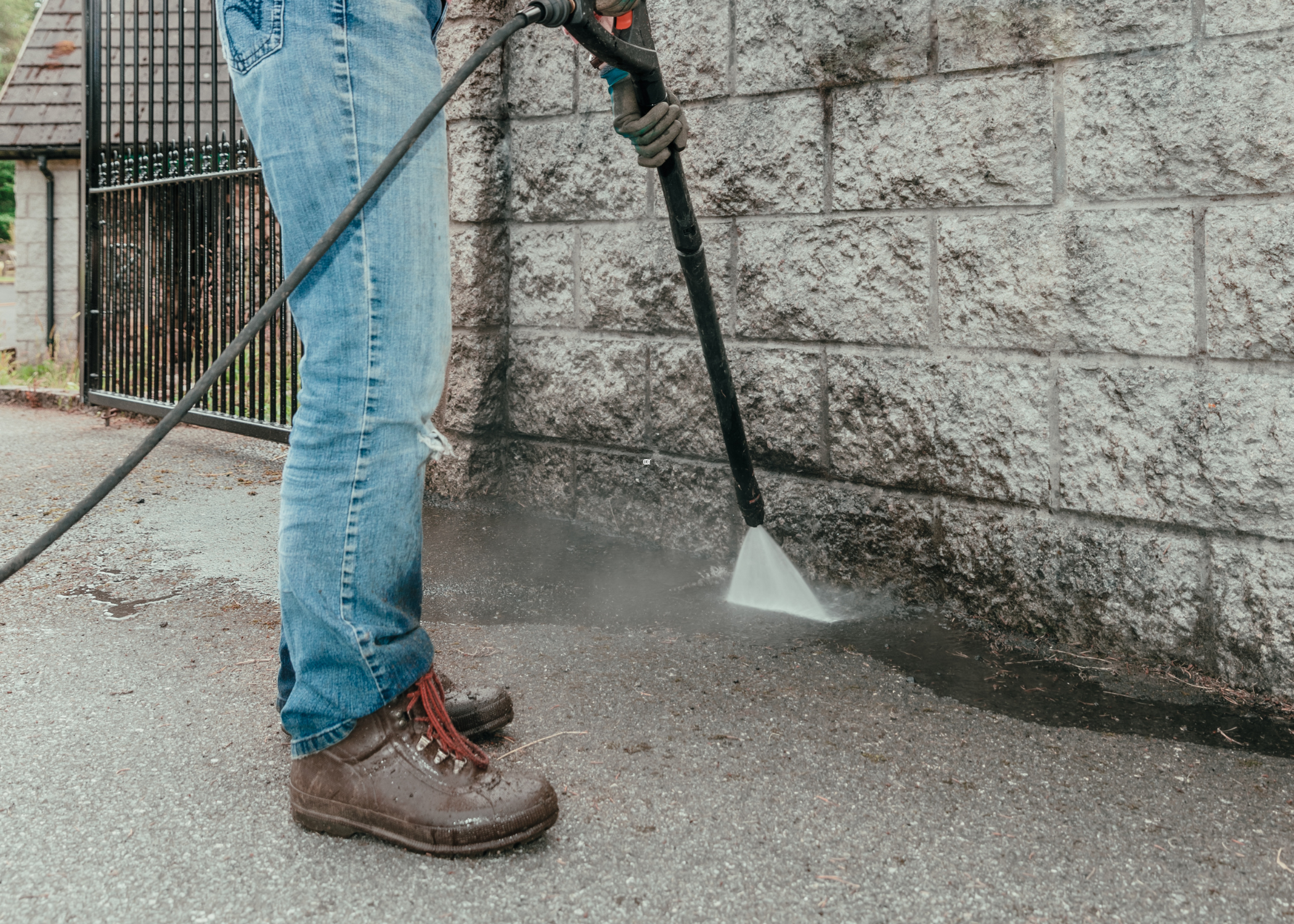
It’s incredibly effective, and the best part is that you don’t need any harsh chemicals. Just ensure you’re wearing appropriate safety gear, such as goggles and gloves, to protect yourself from debris. After you’ve finished, sweeping away the loosened moss and leaves will help keep your driveway clear and clean.
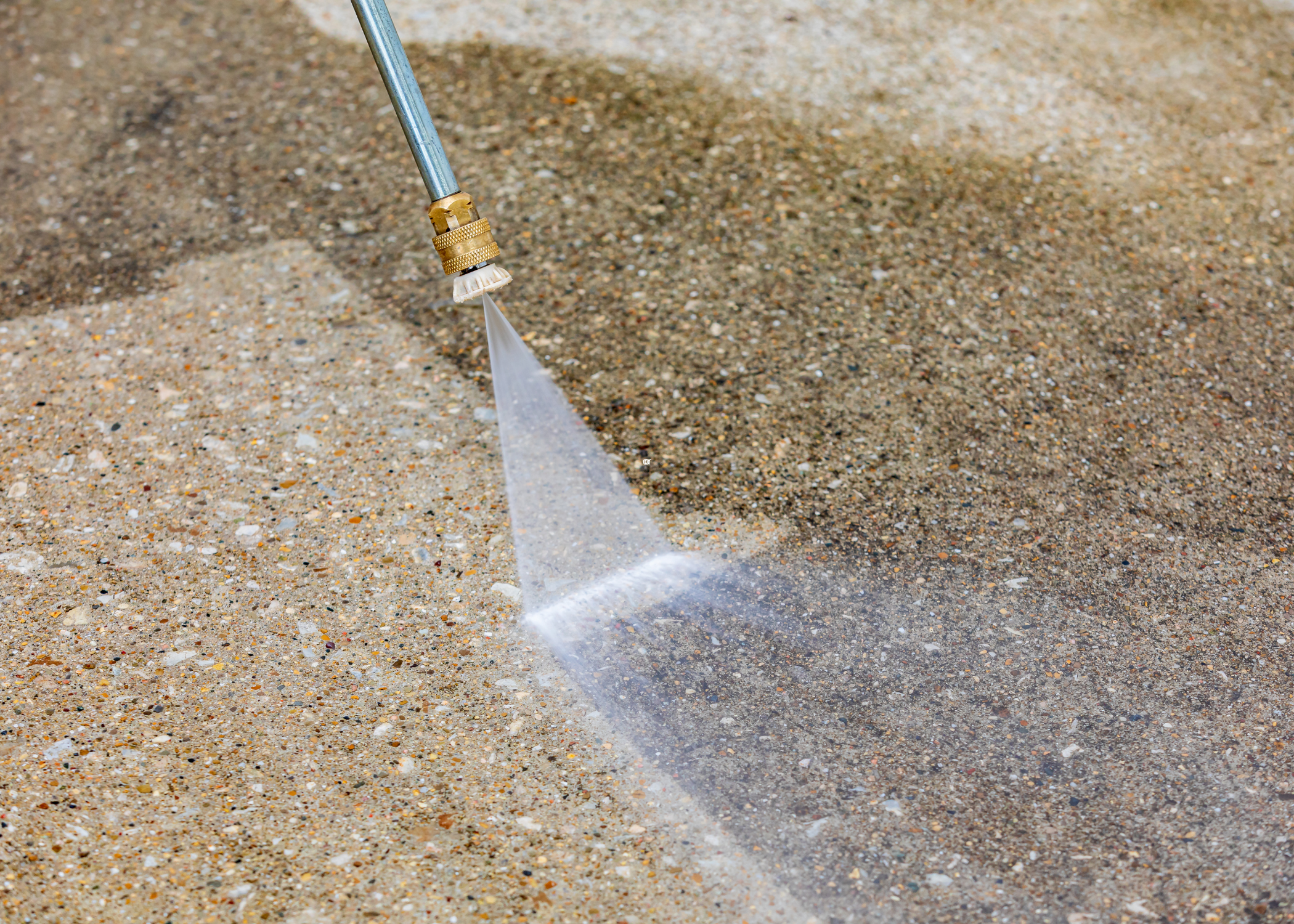
Before you start, ensure you use the right pressure setting to avoid damaging your driveway. For concrete driveways, a medium to high-pressure setting will work best, while for more delicate surfaces, a lower setting is advisable.
Vinegar
Another practical approach involves a simple household solution: vinegar. Vinegar’s acidity makes it an excellent, eco-friendly option for killing moss. Mix equal parts vinegar and water in a spray bottle, and apply it generously to the affected areas.
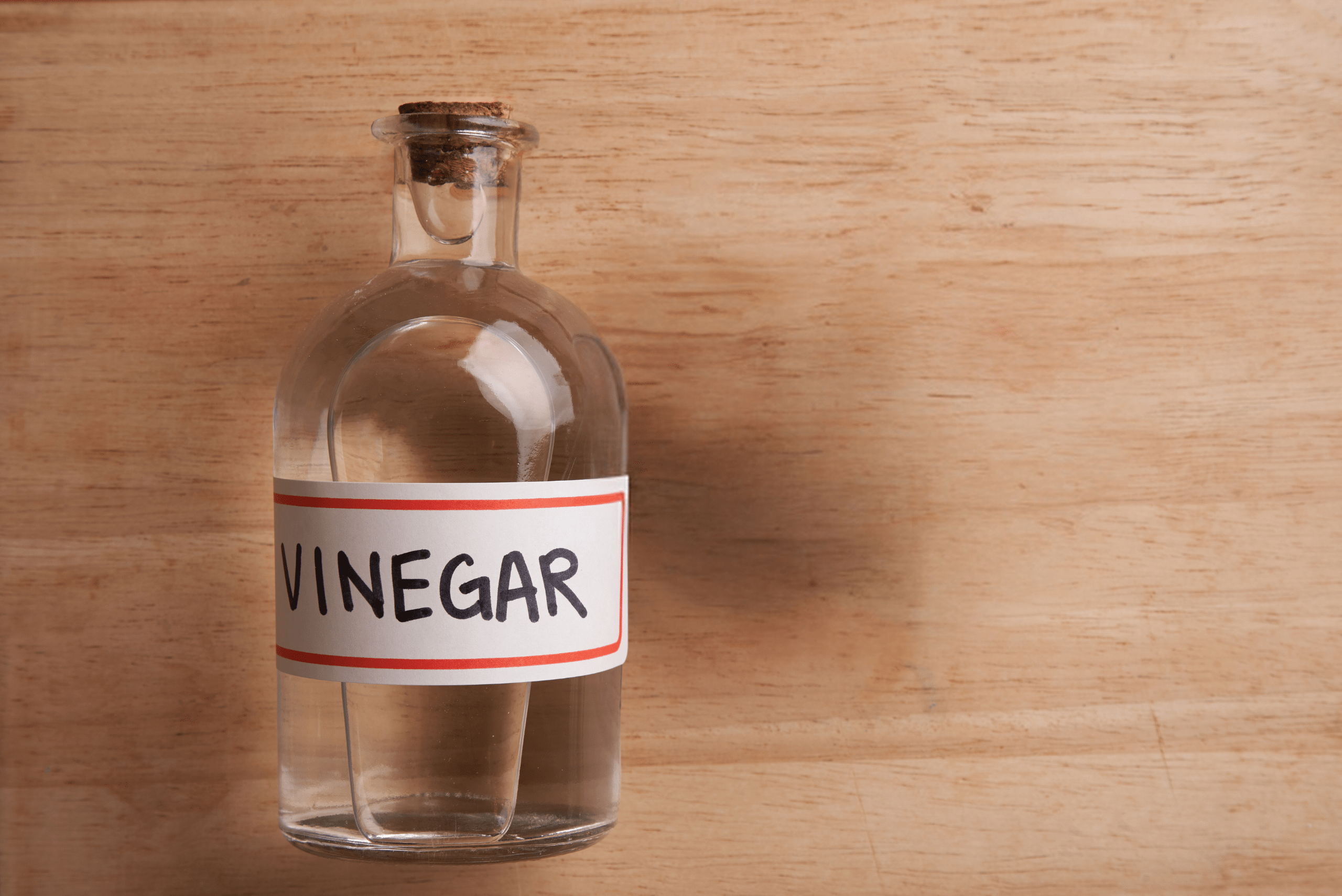
Allow it to sit for about 15-20 minutes before scrubbing the moss away with a stiff brush. This method not only removes existing moss but also helps prevent new growth. Remember to rinse the area thoroughly afterward to avoid any lingering vinegar smell.
Baking Soda
Another natural option is to use baking soda. Sprinkling baking soda directly onto the moss can help to dehydrate and kill it over time. For best results, leave the baking soda on the moss for at least 24 hours before scrubbing the area with a stiff brush.
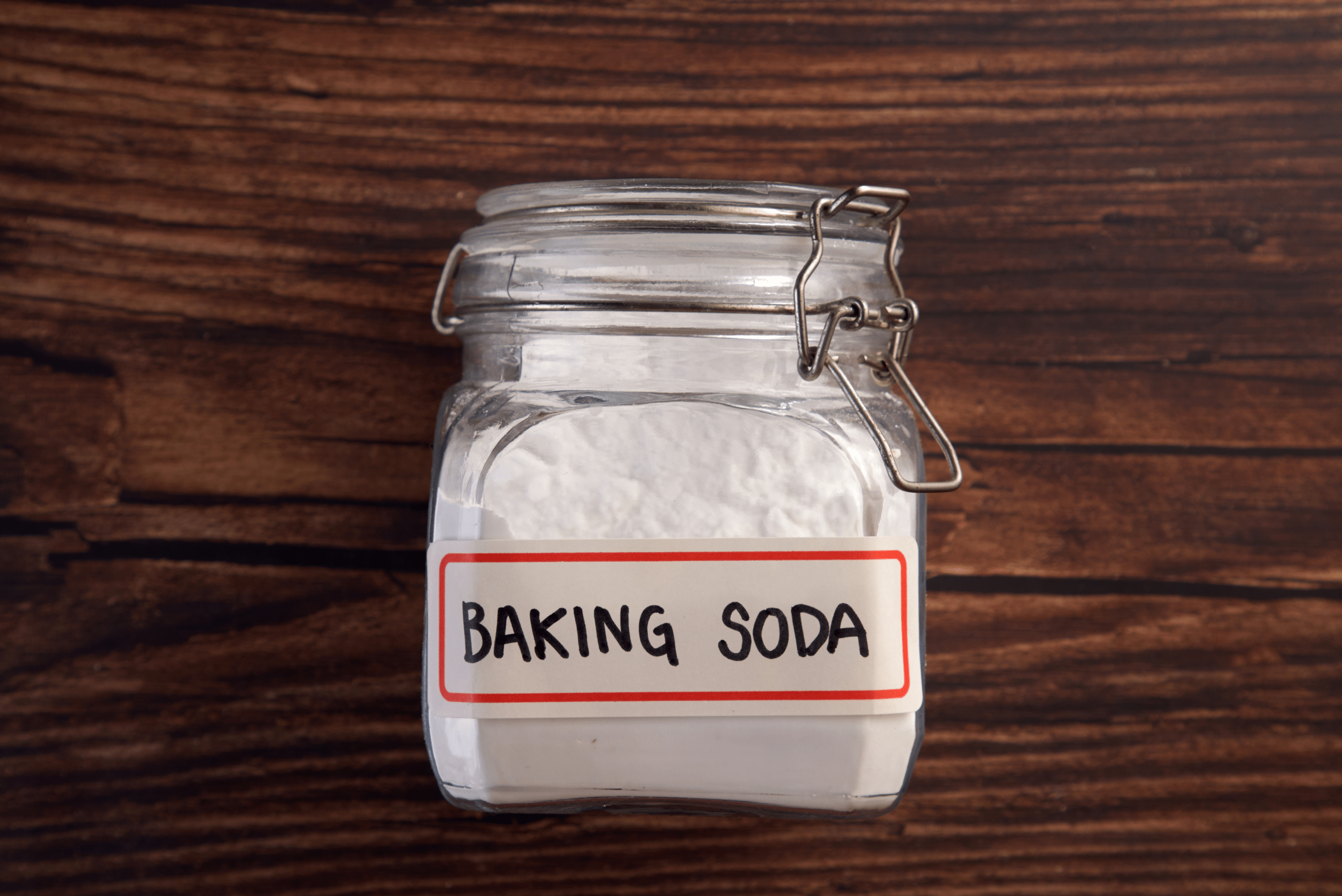
This method is particularly advantageous because it is safe for pets and plants surrounding your driveway. Also, it’s a passive approach that doesn’t require a lot of effort and is cheap, making it a good option.
Preventative Measures to Keep Moss Off Your Driveway
To maintain a moss-free driveway, one of the most effective strategies is to ensure proper drainage. Moss thrives in damp, shaded environments, so it’s crucial to eliminate any standing water.
Adjusting the slope of your driveway or installing drainage systems can help keep the area dry. Trimming back overhanging branches and removing debris regularly will allow more sunlight to reach the surface, discouraging moss growth. Regularly sweeping and power washing the driveway can also help to prevent moss spores from settling and taking root.
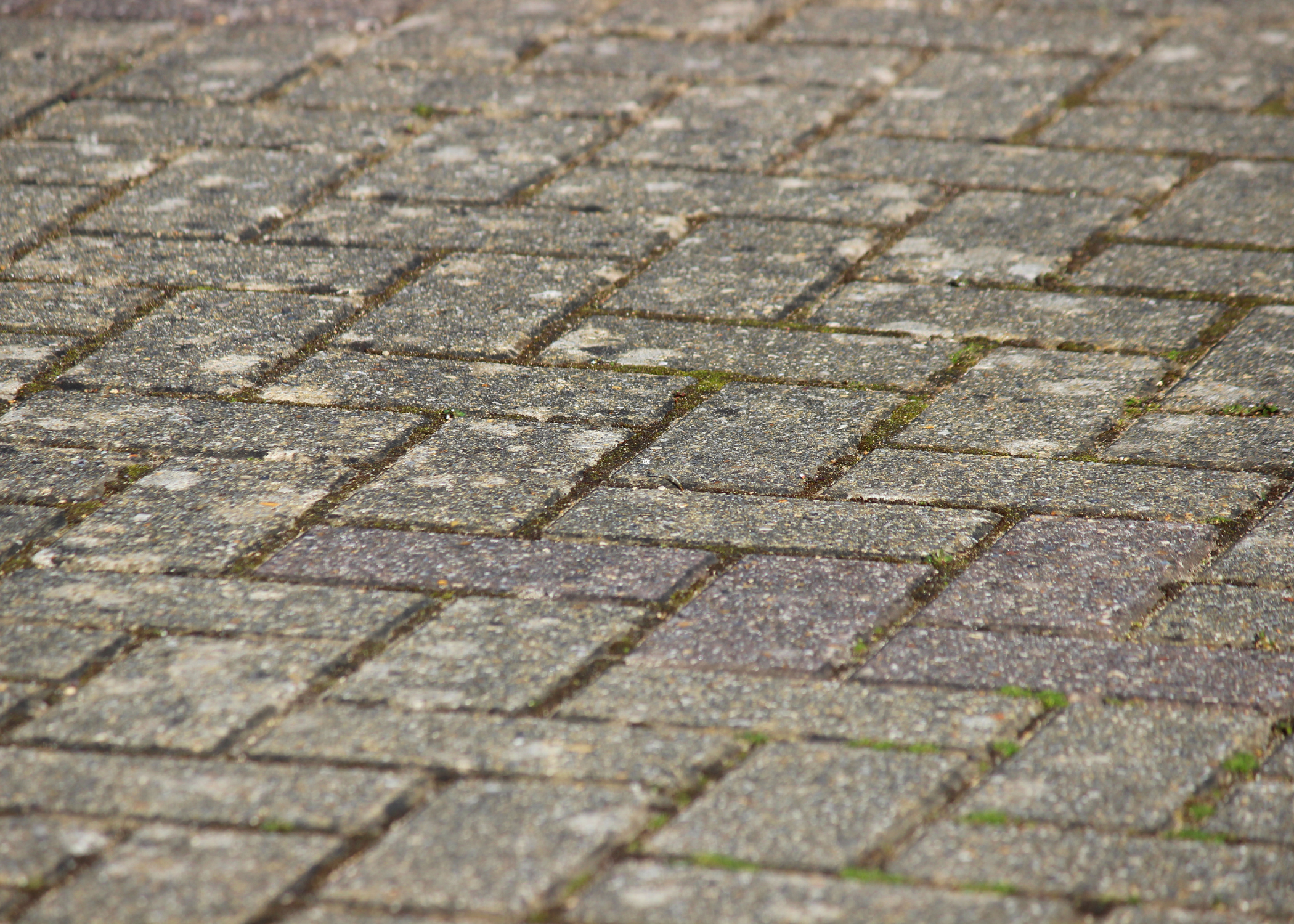
Another key tactic is to apply a moss-resistant sealant to your driveway. These sealants create a barrier that makes it difficult for moss to establish itself. To maintain its effectiveness, it’s a good idea to reapply the sealant every few years.
For those who prefer a more natural approach, sprinkling baking soda or a diluted vinegar solution over the driveway can create an inhospitable environment for moss. By incorporating these preventative measures into your maintenance routine, you’ll keep your driveway looking pristine and moss-free all year round.
Related Articles
- How to Build a Crushed Asphalt Driveway
- Easy DIY Solution For Exterior Mildew Build-Up
- Effective Methods For How to Clean Rust Off Concrete
Ready to start your next project? Join our DIY community to receive tool tips, how-to guides, and exclusive creative insights. Subscribe to the ManMadeDIY newsletter now! Click here to unlock a world of hands-on inspiration.



